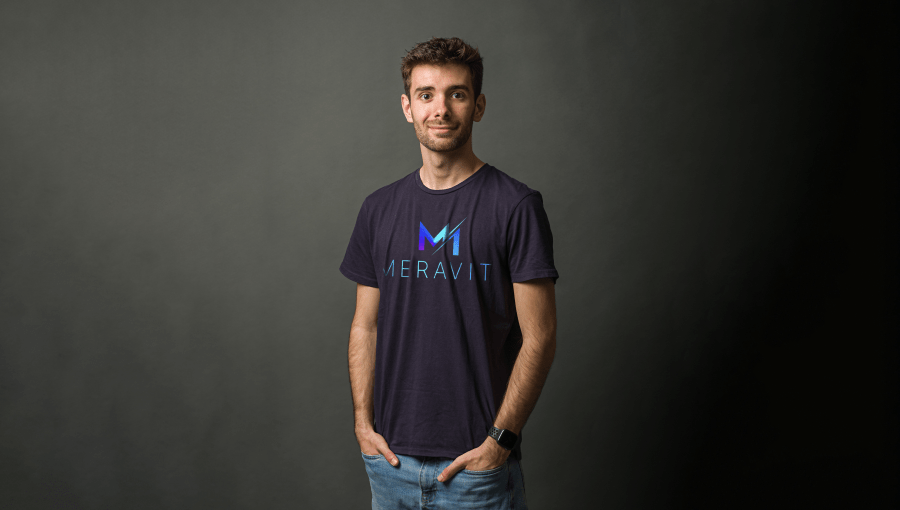Alumna Monica Lungeanu Discusses Brand Management for PepsiCo
Alumna Monica Ioana Lungeanu holds a B.A. in Communications and Marketing from JCU (Class of 2018), as well as an M.A. in Filmmaking Producing from Goldsmiths, University of London. After working as a Junior Brand Manager at PepsiCo, Monica is now the General Manager of URS (United Registrar of Systems Ltd), a British company that performs quality management audits (for obtaining ISO certificates accredited by UKAS) in Bucharest, Romania. On February 3, 2022, Professor Anna Fiorentino welcomed Monica to join her Brand Management class, to discuss what it means to be a brand manager for a large company. The event was part of the Entrepreneurship Speaker Series sponsored by JCU’s Institute for Entrepreneurship.
PepsiCo’s Marketing Structure
Monica began by illustrating PepsiCo’s marketing structure. Within it, there are two divisions that brand managers focus on: one for beverages and one for PepsiCo’s snack lines. While at PepsiCo, Monica was Junior Brand Manager in the snack division, more specifically with Lays chips, which is another globally-recognized brand.

Monica Ioana Lungeanu
After explaining the marketing structure concept at PepsiCo, Monica discussed the general role of a brand manager and how this relates to the five tiers (marketing assistant, junior brand manager, brand manager, senior brand manager, and marketing manager) of marketing jobs. The brand manager works primarily with both the internal departments of the company and with external agencies who are responsible for creative and digital media. Monica advised that, for students interested in creative and digital media, working for an external marketing agency may be more suitable.
A Year in the Life of a Brand Manager
Within each year, a brand manager is responsible for constructing a strategy, assigning an agency, developing campaigns, and finally for the implementation process where all these steps become active. Monica explained that soft drinks such as Pepsi are most popular in the summer and therefore the implementation period for ads and all other campaigns should be ready by wintertime.
The thought process for these developments is guided by the brand book, or what Monica calls the “Brand Manager’s Bible,” a document that provides guidelines for maintaining brand identity across all aspects of a business. To measure the efficiency of the brand book and budget, brand managers use a brand report card to monitor sources of brand equity, awareness, relevance, and customer benefits. According to Monica, working in brand management for a big company like PepsiCo is preferable because the budget is large and allows for constant opportunities for ads to reach consumers year-round. Monica said that it is crucial to show that 100% of the budget was utilized in the past year, otherwise, management will assume that the resources already being provided are sufficient and will not provide more.
Monica showed how the role of being a brand manager comes into play by sharing various campaigns that Pepsi has become famous for in recent years. One example is a commercial that directly compared Coca-Cola to Pepsi. Though some brand managers avoid directly comparing their products to those of their competitors, Pepsi can gain leverage to their target audience by addressing the “legendary rivalry,” as Monica referred to it. Much of the popularity of such ads come from the sponsorship rights that Pepsi owns for the NFL (American National Football League) Super Bowl halftime show that generates anywhere from $25 million to $50 million USD per year.
Monica stressed the importance of experiences outside of the classroom by highlighting how internships, including one at the JCU Marketing Office, influenced her future career at PepsiCo. Monica urged students to seek as many opportunities as possible to find their best niche and career path.





